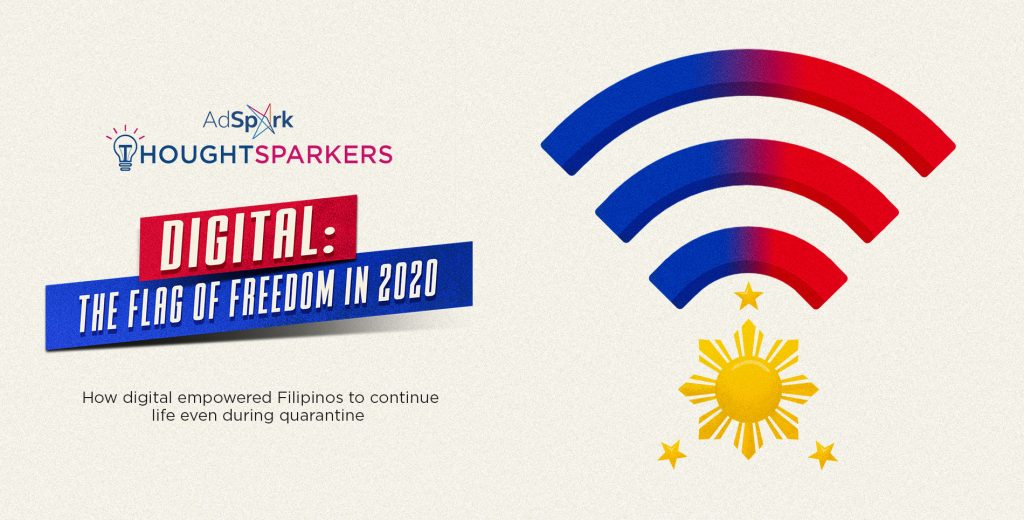Analytics is an important piece of the puzzle for email marketers. Without it, you are susceptible to spending thousands of dollars without ever achieving your goals. Worse, you will have a hard time achieving your key metrics because you are not monitoring it closely. As the old saying goes, “you can’t improve what you can’t measure.”
So how do you start incorporating email analytics in your marketing plan? First, let’s go through some basic metrics that you need to keep a close eye on, and what they mean for your business.
1. Open rate
Open rate is a good indicator of the success of your email campaign. It is the ratio of emails that your recipients opened to the total emails you’ve sent.
When your open rate is high, it means that your subject line is effective since majority of your recipients find it interesting enough to open your email.

This key metric is indispensable in your email marketing analytics as it lets you see which ads are successful in bringing in leads, sales, or raising brand awareness. It also lets you see which subject lines need improvement.
2. Clickthrough rate
CTR or clickthrough rate, also referred to as click rate, is the ratio of the number of clicks that the links in your email generate to the number of successful email deliveries. Simply put,
CTR = c/d x 100% ; where CTR is the clickthrough rate
c is the number of clicks on one or more links within your email
d is the number of tracked email deliveries

Consider for example that your campaign was able to deliver emails to 100,000 customers and it generated 5,000 clicks. Thus,
CTR = (5,000 clicks ÷ 100,000 delivered emails) X 100% = 5%
Effective audience targeting is crucial to improve your CTR. Your target audience is more likely to click on your ad if they find it useful and relevant, so before running an ad campaign, make sure that everyone in your mailing list falls right in your desired target audience.

Adidas used dynamic content for their email personalization campaign. Using an email marketing software, the company served Originals by Rita Ora to female customers, and Originals by Pharrell to male consumers. You can adopt the same strategy to improve your CTR.
3. Unsubscribe rate
Unsubscribe rate is the ratio of emails that resulted in recipients unsubscribing from your mailing list to the total emails you have sent out for a specific campaign less the emails that bounced.
Unsubscribe rate = u/(T-b) x 100% ; where u is the total number of unsubscribes
T is the total number of emails sent
B is the total number of bounced emails

Unsubscribe happens when the recipient of your email clicks on the “Unsubscribe” button or link in your email. Unsubscribe rate is often perceived a “bad” metric, so you may want to keep this low. A high unsubscribe rate may mean it’s time to reconsider the emails that you’ve been sending — gauge your subscribers’ interest by asking them what kinds of emails they’d like to see more from you.
4. Churn rate
Churn rate, also known as attrition rate, is the ratio of recipients that no longer read your email to the total recipients in your list. Important metrics that affect your churn rate are the hard bounce, complaint, and inactive rates, which we shall be discussing in the succeeding section.

Other key metrics to watch out for
Hard bounce rate is the ratio of emails that are delivered to invalid email addresses to the total number of email addresses in your mailing list. You can improve this by constantly updating your list to remove invalid email address (this is more common for work emails that are no longer valid when the employee leaves the company) and by increasing your database of valid emails.
Complaint rate is the ratio of your emails which were reported as spam to the total number of emails sent. The industry standard for complaint rate is one complaint for every 5,000 emails. Exceeding this value may get your email account suspended for spamming.
The inactive subscriber rate is the ratio of subscribers who no longer read, open, or click on your emails to the total number of subscribers that your email newsletter has. When your inactive subscriber rate is high, it can affect the overall performance of your campaign as it can bring up the churn rate. Some of the most common reasons for inactive subscribers are the lack of urgency to read your email and laziness to unsubscribe from your mailing list. You can re-engage inactive subscribers by sending a thank you email or a birthday email.
Ready to start with email marketing? Make your brand mobile-friendly first.




